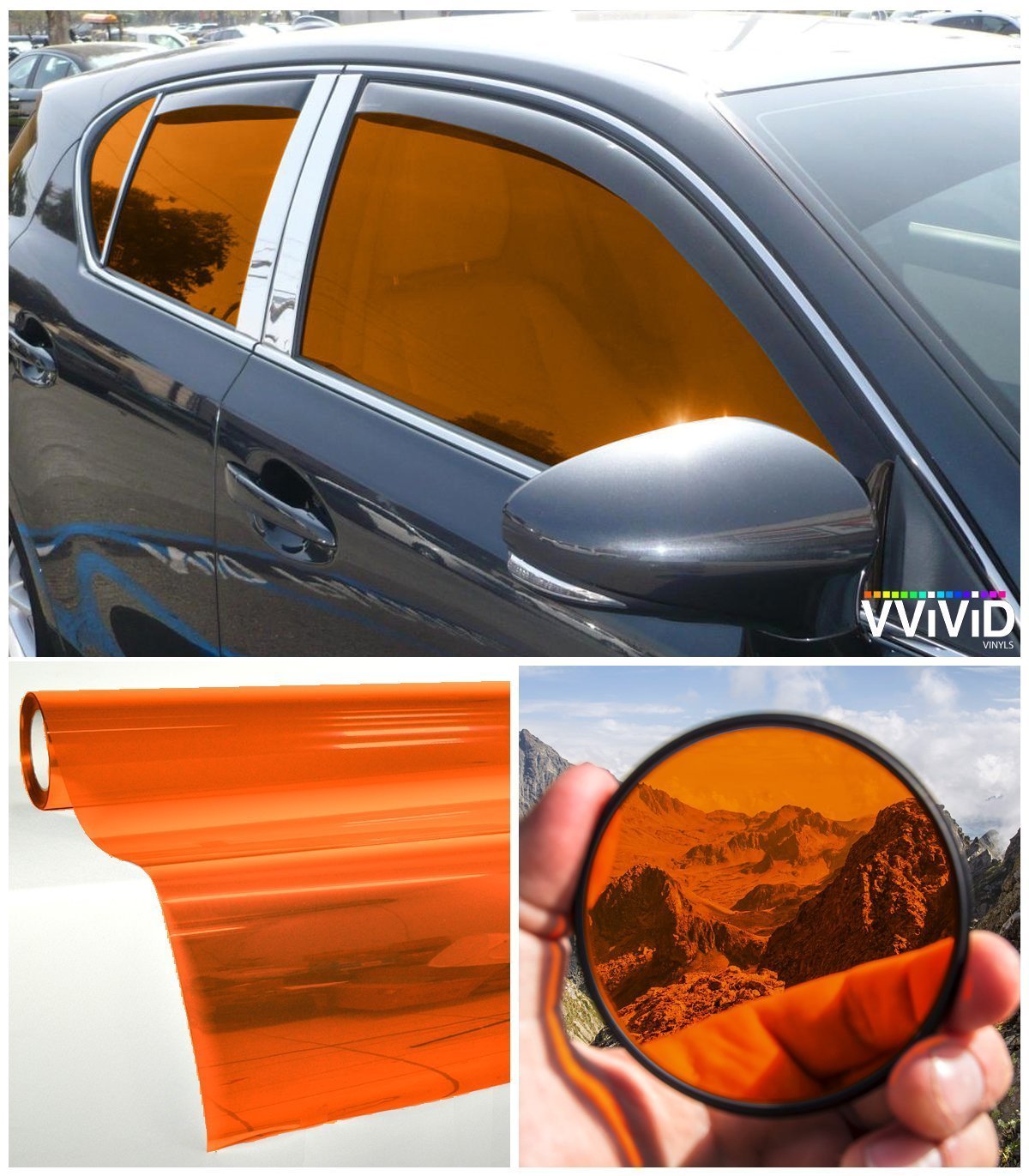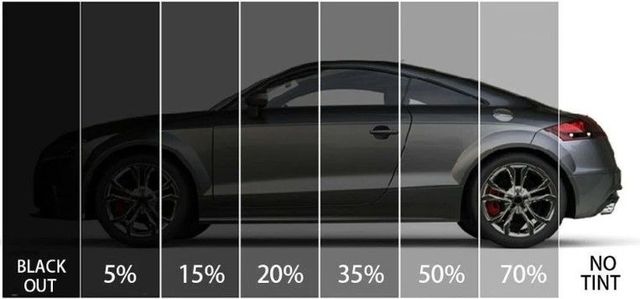Home Window Tinting Regulations and Guidelines: What You Required to Know Before Tinting Your Vehicle
Prior to continuing with window tinting for your vehicle, it is important to acquaint on your own with the varied legislations and standards that control this practice throughout different states. These policies determine the permitted degrees of color darkness, usually measured by visible light transmission (VLT) percentages, and include details specifications for front windshields focused on making sure road safety. In addition, particular jurisdictions may supply clinical exceptions for individuals with certifying conditions. Understanding these intricacies can save you from prospective lawful ramifications, however what are the particular rules in your state?
Summary of Home Window Tinting Rules
Home window tinting regulations are often based on variation throughout various jurisdictions, mirroring neighborhood regulations and security factors to consider. These legislations determine the allowable levels of tint darkness and reflectiveness on lorry home windows, making certain that motorists preserve adequate presence while likewise shielding against dangerous UV rays and warm.
A lot of guidelines categorize home window tinting based on the Visible Light Transmission (VLT) percent, which suggests the amount of light that can go through the home window. Typically, reduced VLT percentages symbolize darker tints. Legislations commonly set apart in between the front, side, and rear home windows, with more stringent constraints applied to the front windscreen to enhance security for both the driver and other road customers.
In addition, some territories impose limitations on the reflectivity of the color, protecting against too much glare that might impair exposure. Exemptions to these legislations might exist for people with details medical problems needing added sunlight defense. Conformity with window tinting guidelines is vital, as offenses can result in fines, compulsory elimination of the tint, and possible boosts in insurance premiums. It is essential for lorry proprietors to acquaint themselves with neighborhood laws before proceeding with window tinting installations.
State-by-State Color Regulations
Recognizing the certain window tinting regulations in each state is crucial for car proprietors looking for to adhere to the law. Each state in the U.S. has actually developed its own collection of regulations controling window tinting, which can differ substantially. These regulations commonly dictate the permitted levels of color darkness, the sorts of windows that can be tinted, and any type of medical exceptions that might apply.
For example, states like California have rigorous constraints on tint darkness for front home windows, while others, such as New Mexico, might permit darker colors. Additionally, specific states mandate details exposure percentages for various home windows, including the windshield, front side home windows, and rear home windows. It is crucial for automobile proprietors to familiarize themselves with their state's regulations to stay clear of prospective fines or fines.
In addition, some states may call for a qualification sticker label to be put on colored home windows, showing compliance with state legislations. Failing to follow these guidelines not only takes the chance of lawful effects however can likewise affect safety and security and presence while driving. Therefore, automobile proprietors should conduct comprehensive research or consult local authorities to guarantee full understanding and conformity with state-by-state color guidelines.
Allowed Color Kinds and degrees
Numerous automobile owners may be surprised to discover that enabled tint degrees and kinds vary commonly across various states. Each state has actually established its very own guidelines pertaining to the permitted darkness and reflectivity of window color, typically determined by Visible Light Transmission (VLT) percentages. VLT refers to the quantity of light that can go through the colored home windows; thus, a lower percentage indicates a darker color.

Moreover, the kinds of color materials allowed can vary, with some states prohibiting metallic or mirror-like coatings. It is important for automobile proprietors to familiarize themselves with their state's certain legislations to make sure conformity. Non-compliance can lead to penalties, necessary removal of the color, or various other lawful consequences, making it essential to comprehend these policies prior to proceeding with installation.
Medical Exceptions for Tinting
While not all states offer allowances for medical exemptions pertaining to window tinting, those that do identify the requirement for details people to boost visibility and convenience as a result of clinical problems. Numerous clinical problems, such as lupus, skin cancer cells, and particular eye disorders, can provide people specifically conscious sunlight. These individuals may require darker colors to shield themselves from unsafe UV rays and glow.

It is very important to note that despite having a clinical exemption, there may still be constraints on the level of tint enabled. Conformity with state regulations ensures that individuals are both safeguarded and within lawful limitations. Those thinking about clinical exemptions should contact their local Division of Electric motor Autos or comparable authority to comprehend the treatments and demands necessary to make an application for an exemption efficiently.
Charges for Non-Compliance
Stopping working to abide by home window tinting regulations can result in significant penalties, which vary by state. Law enforcement firms are empowered to provide citations for cars that do not stick to the specified tinting regulations. These fines typically include fines, which can range from modest total up to numerous hundred bucks, depending upon the intensity of the violation and the state concerned.
In some territories, repeated offenses might cause escalating penalties or extra penalties, such as required court looks. Non-compliance may necessitate the removal of unlawful tinting, typically at the proprietor's expense. In extreme instances, habitual wrongdoers might face suspension of their car registration up until compliance is achieved.
In addition, insurance effects may develop from getting numerous citations for window color infractions. Insurers might check out such violations as an indicator of riskier behavior, possibly leading to increased costs or difficulty in coverage.
To stay clear of these fines, it is important for vehicle owners to familiarize themselves with their local home window tinting regulations and make sure that their lorry complies (Window Tinting). This proactive approach not only stays clear of legal implications yet also promotes road safety
Conclusion

Many laws classify home window tinting based on the Visible Light Transmission (VLT) percentage, which shows the quantity of light that can pass via the home window. Conformity with home window tinting policies is essential, as infractions can result in fines, compulsory removal of the color, and potential rises in insurance policy premiums.Comprehending the details window tinting guidelines in each state is crucial for lorry owners looking for to comply with the law. These regulations often dictate the allowable levels of color darkness, the kinds of home windows that can be tinted, and any type of clinical exemptions that might use.
For instance, states like The golden state have strict more helpful hints limitations on color darkness for front home windows, while others, such as New Mexico, may enable darker tints.
Comments on “Vehicle Window Tinting: Tips for Keeping an Expert Complete”